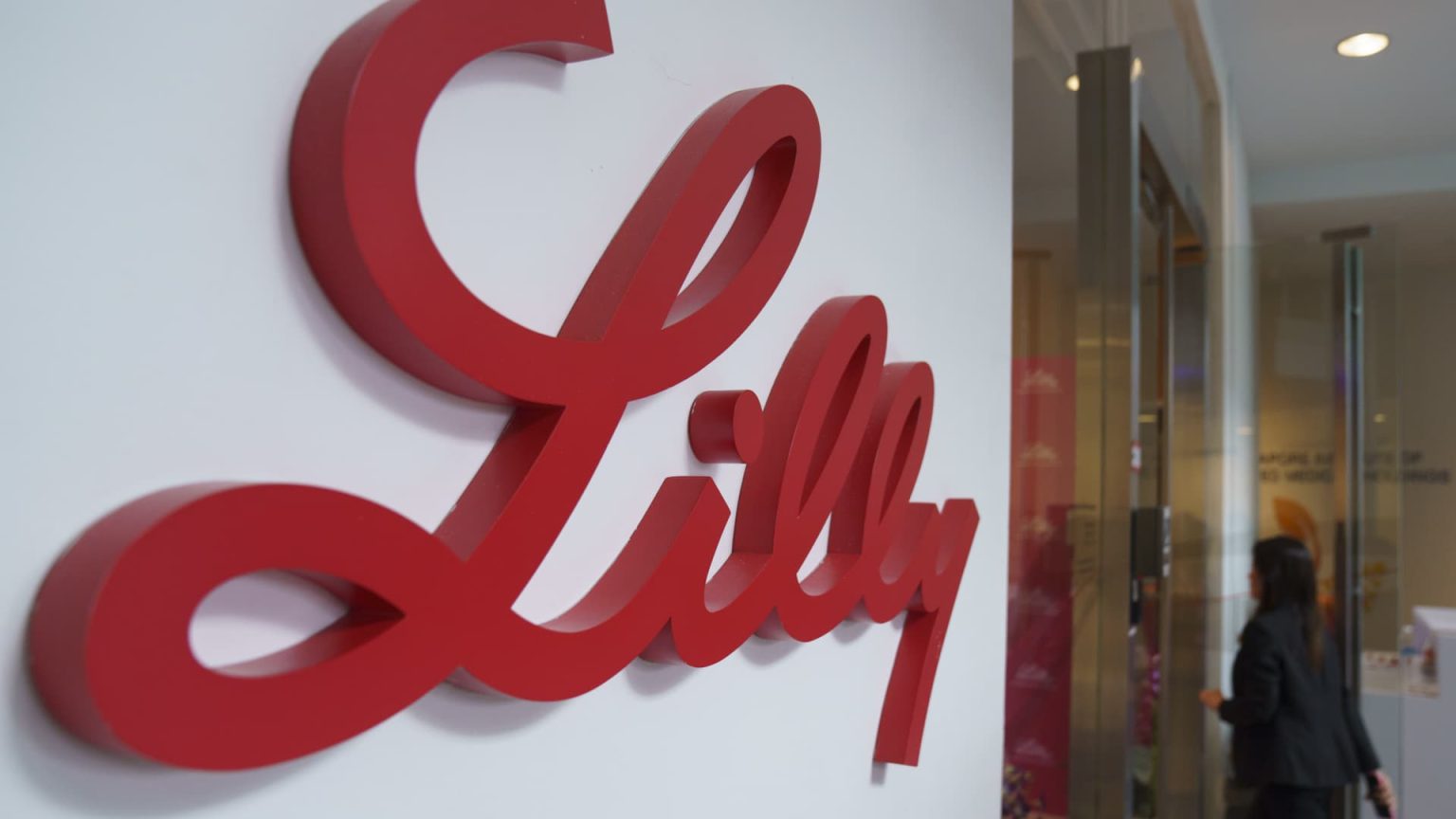Eli Lilly has recently announced financial results for the first quarter, showcasing significant growth driven by its popular diabetes and weight loss treatments. Despite strong sales figures, the company has revised its profit projection downward due to a substantial charge from a newly acquired cancer treatment. This article delves into the details of Eli Lilly’s financial performance, product demand, and strategic responses to market conditions.
| Article Subheadings |
|---|
| 1) Overview of Financial Performance |
| 2) Impact of Product Sales |
| 3) Strategic Response to Market Changes |
| 4) Future Outlook for Eli Lilly |
| 5) Conclusion and Key Insights |
Overview of Financial Performance
Eli Lilly has reported robust financial performance for the first quarter, with revenue reaching $12.73 billion, a remarkable increase of 45% compared to the previous year. Earnings per share for the adjusted fiscal year stood at $3.34, surpassing analyst expectations of $3.02. However, the company lowered its full-year earnings forecast to between $20.78 and $22.28 per share, down from a previous estimate of $22.50 to $24, primarily due to a $1.57 billion charge associated with its acquisition of an oral cancer drug from Scorpion Therapeutics.
Impact of Product Sales
The strong performance of Eli Lilly can be attributed significantly to the soaring demand for its diabetes treatment, Mounjaro, which generated $3.84 billion in revenue, reflecting a staggering 113% increase from the same period last year. Additionally, the company’s weight loss drug, Zepbound, recorded sales of $2.31 billion, which markedly exceeded analysts’ projections. This surge indicates a strong market reception for both medications, which have become increasingly popular among consumers. Mounjaro and Zepbound are categorized as incretin therapies that effectively regulate blood sugar levels and suppress appetite, contributing to their desirability.
Strategic Response to Market Changes
In light of evolving market dynamics and challenges such as existing tariffs, Eli Lilly’s CEO, Dave Ricks, noted the significance of U.S. manufacturing investments as a primary objective. He indicated that the company is responding proactively to these market pressures, as many pharmaceutical firms—including Eli Lilly—are considering investment returns in response to tariffs.
“I think that actually the threat of tariffs is already bringing back critical supply chains into important industries, chips and pharma,”
Ricks stated, capturing the urgency of the situation. The company aims to create a favorable environment for production by advocating for lower tax rates on domestic manufacturing.
Future Outlook for Eli Lilly
Eli Lilly’s guidance for fiscal 2025 sales remains optimistic, with expectations set between $58 billion and $61 billion. This outlook reflects ongoing confidence in the market despite external pressures. The estimated profits incorporate existing tariffs but exclude proposed future levies on pharmaceutical imports into the U.S. Moreover, there are substantial ongoing investments aimed at increasing manufacturing capabilities for both Mounjaro and Zepbound to meet the rising demand, further cementing the company’s future trajectory in the pharmaceutical sector.
Conclusion and Key Insights
In summary, Eli Lilly’s first-quarter financial results showcase the company’s strength in a competitive market. While the firm is facing challenges due to recent strategic decisions, including acquisitions and the economic landscape, its growth in product demand indicates a solid foundation for future development. The ongoing efforts to invest in U.S. manufacturing demonstrate a proactive strategy that may enhance the company’s resilience against market fluctuations and regulatory changes.
| No. | Key Points |
|---|---|
| 1 | Eli Lilly reported first-quarter revenue of $12.73 billion, a 45% increase from last year. |
| 2 | The company lowered its adjusted earnings per share forecast due to a significant deal charge. |
| 3 | Demand for diabetes and weight loss drugs Mounjaro and Zepbound has surged. |
| 4 | CEO Dave Ricks emphasized the need for investment in U.S. manufacturing. |
| 5 | Eli Lilly’s guidance estimates for fiscal 2025 sales remain optimistic despite market challenges. |
Summary
Eli Lilly has demonstrated robust financial performance in the first quarter, driven primarily by its popular diabetes and weight loss drugs. Although the company has revised its profit expectations downward due to recent acquisitions, it remains optimistic about its long-term sales potential. The strategic focus on U.S. manufacturing and proactive response to market conditions may help position the company favorably for future growth in a competitive landscape.
Frequently Asked Questions
Question: What are Mounjaro and Zepbound used for?
Mounjaro and Zepbound are medications designed to treat diabetes and assist with weight loss by regulating blood sugar and suppressing appetite.
Question: Why did Eli Lilly lower its profit guidance?
The company revised its profit guidance due to a $1.57 billion charge related to the acquisition of an oral cancer drug.
Question: What is the significance of U.S. manufacturing for Eli Lilly?
U.S. manufacturing is significant as it aligns with current regulatory trends and potential tax benefits, helping to establish resilient supply chains and promote domestic production.


